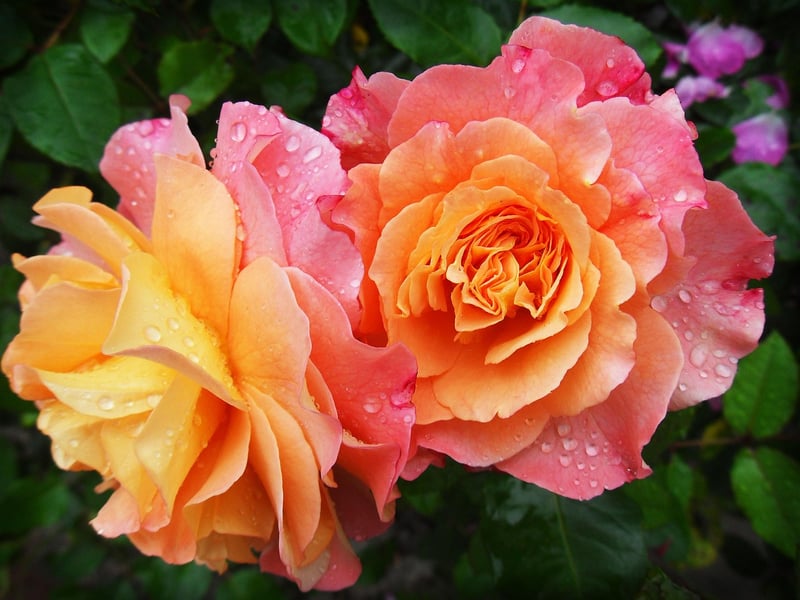Light requirements
Keep Your Garden Thriving: Understanding Light Requirements for Plants
Having a flourishing garden requires more than just watering your plants regularly. Understanding the light requirements of different plants is crucial to ensure they thrive and grow to their full potential. Read on to learn more about how light affects plant growth and how you can provide the right conditions for your garden to flourish.
Importance of Light for Plant Growth
Light is essential for plants as it plays a vital role in the process of photosynthesis. During photosynthesis, plants use light to convert carbon dioxide and water into glucose, their primary source of energy. Without adequate light, plants cannot produce enough energy to grow, develop, and bloom.
Types of Light Requirements
Plants have varying light requirements based on the intensity, duration, and quality of light they need to thrive. Understanding these requirements is key to selecting the right plants for your garden and placing them in suitable locations. Here are the three main categories of light requirements:
- Full Sun: Plants that require full sun need at least 6-8 hours of direct sunlight per day. Examples include tomatoes, peppers, and roses.
- Partial Sun/Partial Shade: Plants in this category thrive with 3-6 hours of sunlight per day. Good examples are most herbs, ferns, and some flowering plants.
- Full Shade: Plants that prefer full shade thrive in minimal direct sunlight, usually less than 3 hours per day. Hostas, ferns, and impatiens are common full shade plants.
Providing Adequate Light for Your Plants
To ensure your plants receive the right amount of light, consider the following tips:
- Observe your garden throughout the day to identify areas with different light conditions.
- Choose plants that match the light conditions in each area of your garden.
- Use tools like sun maps or light meters to assess light levels accurately.
- Prune nearby trees or structures that may block sunlight from reaching your plants.
- Rotate pots and containers regularly to ensure all sides of the plants receive equal light.
Conclusion
By understanding the light requirements of your plants and providing them with the appropriate conditions, you can ensure a vibrant and healthy garden. Remember to research the specific needs of each plant species you cultivate to create an optimal growing environment. With the right amount of light, your garden will thrive and reward you with beautiful blooms and lush foliage.
Image source: https://pixabay.com/photos/plants-sun-sunrise-nature-5470297/

